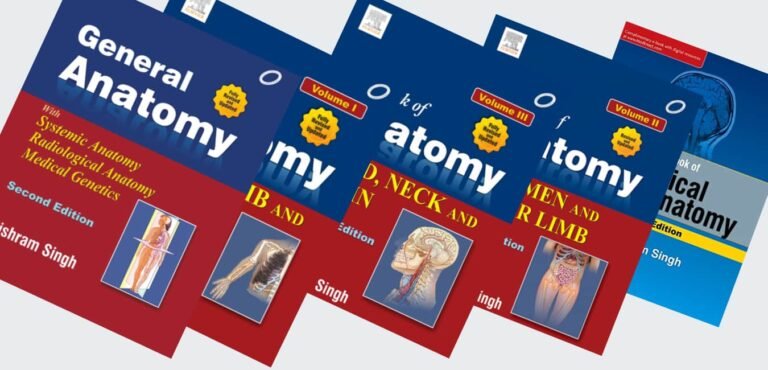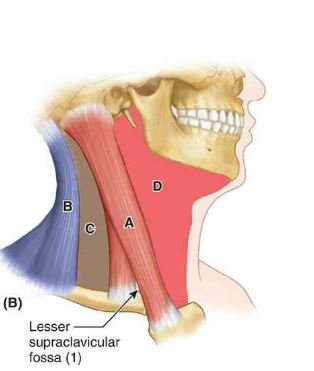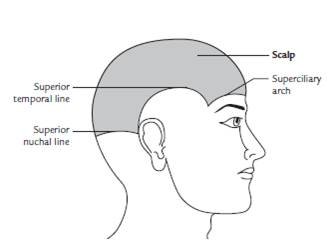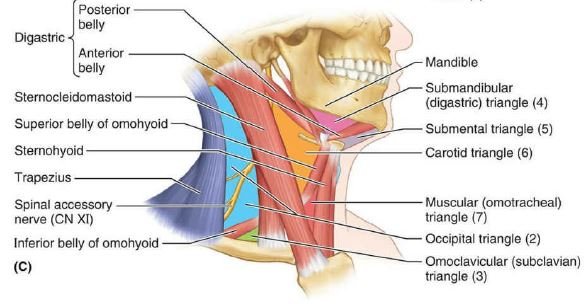What are the lungs?
The lungs are the primary organs of respiration and the two lungs (right and left) are located in the thoracic cavity, one on either side of the mediastinum enclosed in the pleural sac.
Each lung is large conical shaped/ pyramidal shaped with its broad base which is resting on the diaphragm and its apex extending into the root of the neck region.
The right lung is heavier and larger than the left lung in human beings. The right lung weight is about 700 grams and the left lung is about 650 grams.
There are three lobes present in the right lung whereas two lobes present in the left lung. The lobes are separated by deep prominent fissures on the surface of the lung and are supplied by two lobar bronchi in the body.
External features
- Apex.
- Base.
- Three borders:
- Anterior border.
- Posterior border.
- Inferior border.
- Two surfaces:
- Costal surface.
- Medial surface.
Apex
The rounded/blunt superior end apex of the lungs. It extends into the root of the neck region about 3 cm superior to the anterior end of the 1st rib and 2.5 cm above the medial 1/3rd of the clavicle.
It is surrounded by the cervical pleura and supra-pleural membrane. It is covered with cervical pleura and strengthened (become stronger) externally by Sibson’s fascia.
Relations
- Anterior:
- Subclavian artery.
- Internal thoracic artery.
- Scalenus anterior.
- Posterior:
- The neck of 1st rib and structures in front of it, e.g.,
- The ventral ramus of the 1st thoracic nerve
- 1st posterior intercostal artery
- 1st posterior intercostal vein
- Sympathetic chain.
- The neck of 1st rib and structures in front of it, e.g.,
Base
The lower semilunar concave surface of the lung. It rests on the dome shape of the diaphragm, hence it is also sometimes known as the diaphragmatic surface.
Relations
- On the right side:
- The lung is separated from the liver by the right dome shape of the diaphragm.
- On the left side:
- The left lung is sunder (separate) from the spleen & fundus of the stomach by the left dome shape of the diaphragm of the human body.
Border
- Anterior border
- Thin and shorter than the posterior border of the lung.
- The vertical position of the anterior border of the right lung
- The anterior border of the left lung presents a wide cardiac notch, which is inhabited (occupied) by the heart and pericardium.
- In this area, the heart and pericardium are not covered by the lung. Hence this area is responsible for superficial cardiac dullness.
- Below the cardiac notch, it presents a tongue-like shaped projection known as lingula.
- Posterior border
- Thick and rounded.
- Extends from the spine of the seventh cervical (C7) vertebra to the spine of the T10 vertebra.
- Inferior border
- It is semilunar in shape and separates the costal and medial surfaces of the lungs.
Surfaces
- Costal Surface:
It is a large, smooth, and convex area and is covered by the costal pleura and endothoracic fascia.
Relations
It is related to the lateral thoracic wall.
The number of ribs which is related to this surface are the following below:
- Upper 6 ribs in the midclavicular line.
- Upper 8 ribs in the midaxillary line.
- Upper 10 ribs in scapular line.
- Medial Surface
It is a small posterior vertebral part and is a large anterior mediastinal part.
Relations:
vertebral part:
- It is related to the vertebral column
- Posterior intercostal vessels, and greater and lesser splanchnic nerves.
The mediastinal part presents a hilum, and which is related to mediastinal structures such as the heart, great blood vessels, and nerves in the body.
Lobes and fissures of the lungs
- The right lung is divided into the following three lobes:
- Superior
- Middle and
- Inferior
- It is separated by two fissures, they are an oblique fissure and a horizontal fissure.
- The left lung is divided into the following two lobes:
- Superior
- Inferior
- It is separated by an oblique fissure.
Applied anatomy of the lungs
- Pleuritis or pleurisy.
- Pneumothorax.
- Hydropneumothorax.
- Hemothorax.
- Empyema.
- Pleural effusion.
[embeddoc url=”https://notesmed.com/wp-content/uploads/2020/10/Lungs.pdf” download=”all”]




